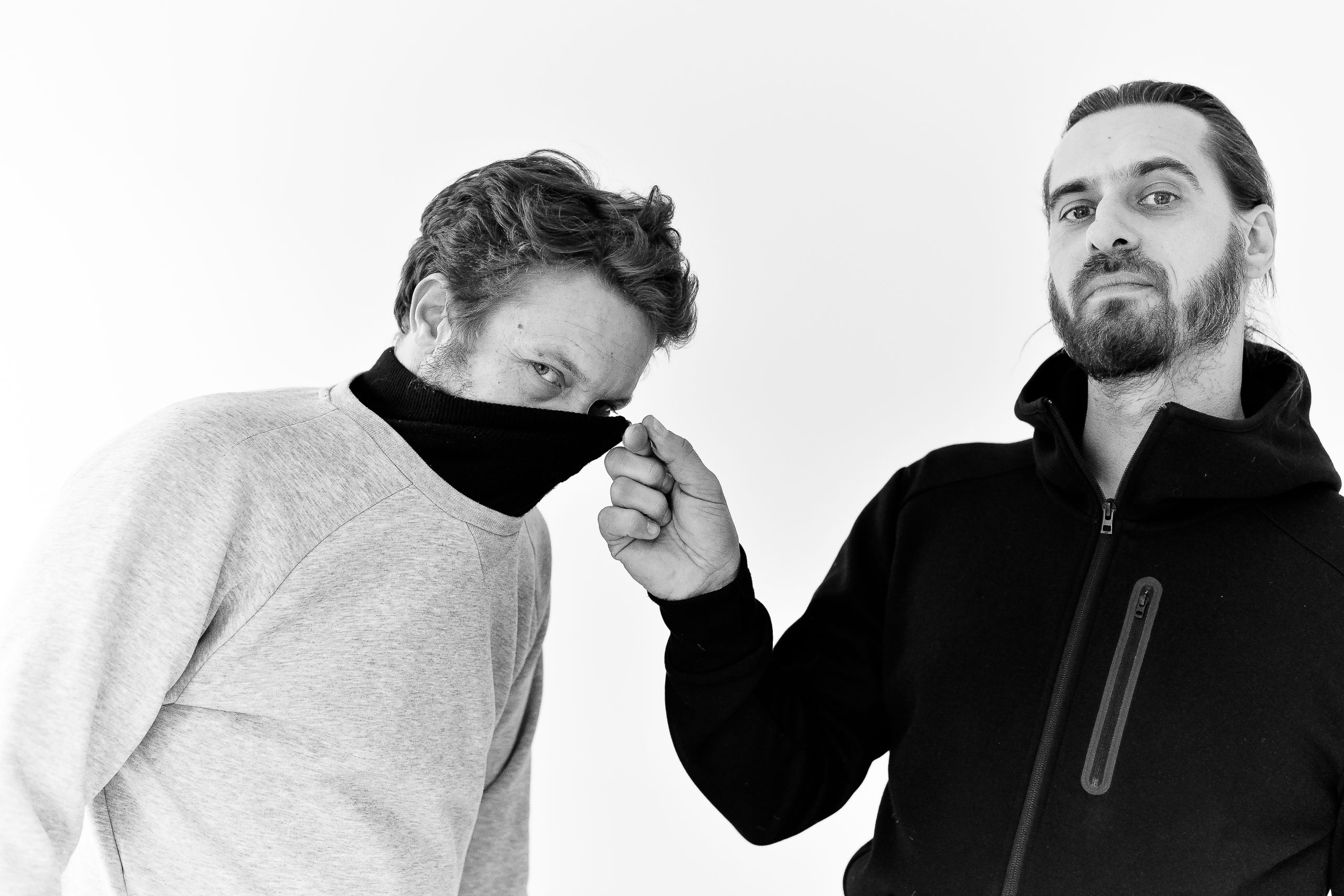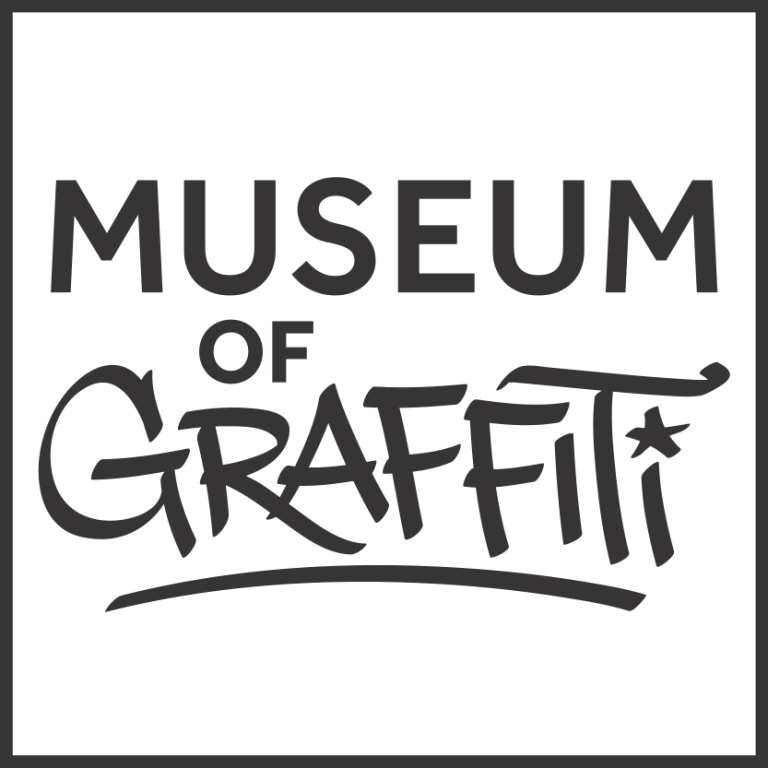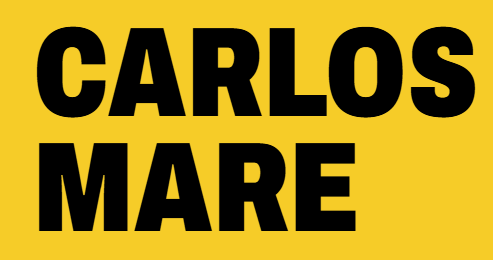Lek & Sowat
Artists
Spring 2026

- Visual Arts
- New York
“Can something that fades away be preserved as heritage?”
Self-taught artists, we discovered graffiti and its culture during our adolescence, as if opening a door to a parallel world.
Overnight, this under pressure painting became a pretext for adventure, a reason to roam the city by day and night, exploring its hidden passages and shadowed corners.
Soon, we left public spaces to inhabit abandoned places. Children of deindustrialization, these wastelands and ruins surrounded us, in Paris as in Marseille. Ideal playgrounds for experimentation, they became the crucible of our practice: an art form born from the silence of deserted walls, nourished by wandering, chance encounters, textures, and improvisation.
Our respective backgrounds — architecture for one, political science and screenwriting for the other — opened us to new languages. Gradually, we expanded our field of expression: deconstructed typography, experimental photography and video, ephemeral installations, digital creations… All mediums through which we seek to inhabit space and time differently.
Today, our in situ projects unfold across territories and sites where history and structures impose their presence: the Villa Medici, the Verdun Memorial, the Opéra de Lyon, the volumes designed by Zaha Hadid, or the modernist constructions of Robert Mallet-Stevens. We aim to make past and present, traces and inscriptions, converse, often collaborating with other artists along the way, companions, and accomplices in collective experimentation.
This residency offers us the opportunity to continue this quest: to explore a new city as one deciphers a secret writing, blending fragments of memory, fleeting gestures, and shared narratives.
Working as a duo since 2010, Lek (b.1971, France) & Sowat (b.1978, France/USA) share a passion for urban exploration, the art of uncovering modern ruins throughout the city. Expanding the boundaries of traditional graffiti, their in situ projects blend abstract murals, architectural installations and time-lapse films.
In 2012, their Mausolée project, a clandestine artist residency staged in an abandoned supermarket in northern Paris, marked the beginning of their collaborative adventures. This journey would take them from the Palais de Tokyo to the Villa Medici, across Europe, India, the Middle East, and Asia. In 2024, the Pompidou Center acquired a hybrid body of the duo’s work, centered around their film Hope.
As children of the 80s, Graffiti has left an indelible mark on our youth.
Born in the streets of New York as a reaction to the illusions of the American dream, this untamed art form fueled our teenage dreams and continues to inspire our current practice.
At 16, our masters weren’t found on the walls of France’s museums. They were all self-thought painters using the MTA as a canvas. Boys and girls whose names still echo in our hearts like Proust’s madeleines: Rammelzee, Dondi, Kase2, Lady Pink…
Though we built our artistic vision with the Big Apple as a guiding star, life’s twists and turns never gave us the opportunity to travel or work there. With the support of Villa Albertine, we are finally going to be able to embark on a pilgrimage to our Holy City and hopefully, have the time and opportunity to create something significant there.
For instance, recent conversations with old school writers and legends like Mare139 taught us how inspiration had sometimes gone both ways: If our generation looked up to the original NYC writers, in some cases, the opposite was also true. Back then, a number of these artists were just as influenced by Europe’s post-WWII avant-garde movements.
Which opens a fascinating perspective. Does New York’s modern Graffiti owe anything to Futurism? Was it inspired by Cubism, Surrealism or Bauhaus? To our knowledge, the connections between American, European and French graffiti, with regards to art history, have seldom been studied.
It is one of the many topics we wish to explore during this residency.
Though we’ve never set foot in New York, the city has been living in our minds for decades, rent free. In a strange way, we are the pure product of its culture.
Respectively born under the presidencies of Georges Pompidou and Valérie Giscard d’Estaing, Graffiti and its original’s soundtrack, Hip Hop music, exploded into our eyes and ears during our most formative years as teens, when they reached France in the 80s and 90s.
In this pre-internet era, our bibles were hard to find treasures from the east coast: Graffiti zines like IGTimes, books like Subway Art and documentaries like Style Wars. Endlessly, we’d rewind our VCRs, watching Dondi Spray-paint in the Buffalo Gals video or Grand Master Flash slicing beats in his kitchen for Wild Style.
While it is impossible to predict what inspiration a new environment will bring, we hope that our NYC residency with Villa Albertine will allow us to:
- Travel through the city’s iconic boroughs. Explore every street, avenue, hall of fame and vacant lot to document as many graffitis andmuralsaspossible,whetherpaintedinthe80sor
- With the help of local legends Carlos Mare and Alan Ket (Miami’s museum of Graffiti), meetandfilmthe originalwriters stillresiding inthe BigRecord their stories and dive in their archives to explore the hypothesis of European avant-garde influences ontheirseminalworks.
- Once back in France and thanks to the guidance of Susana Gállego Cuesta (Musée des Beaux Arts de Nancy), blend this research into experimental films, photo-essays and installations, allowing us to share this uniqueexperienceintheyearstocomewithabroaderaudienceonbothsidesofthe
In partnership with

Musée des Beaux-arts de Nancy
https://musee-des-beaux-arts.nancy.fr/en/museum

Museum of Graffiti
https://museumofgraffiti.com/?srsltid=AfmBOopCoYH4XQ5ijDL4MwZQe4V3jXF4a5a4Z2mZoOPU4HMK442IsFNE

Carlos Mare
https://www.instagram.com/mare139/?hl=fr

